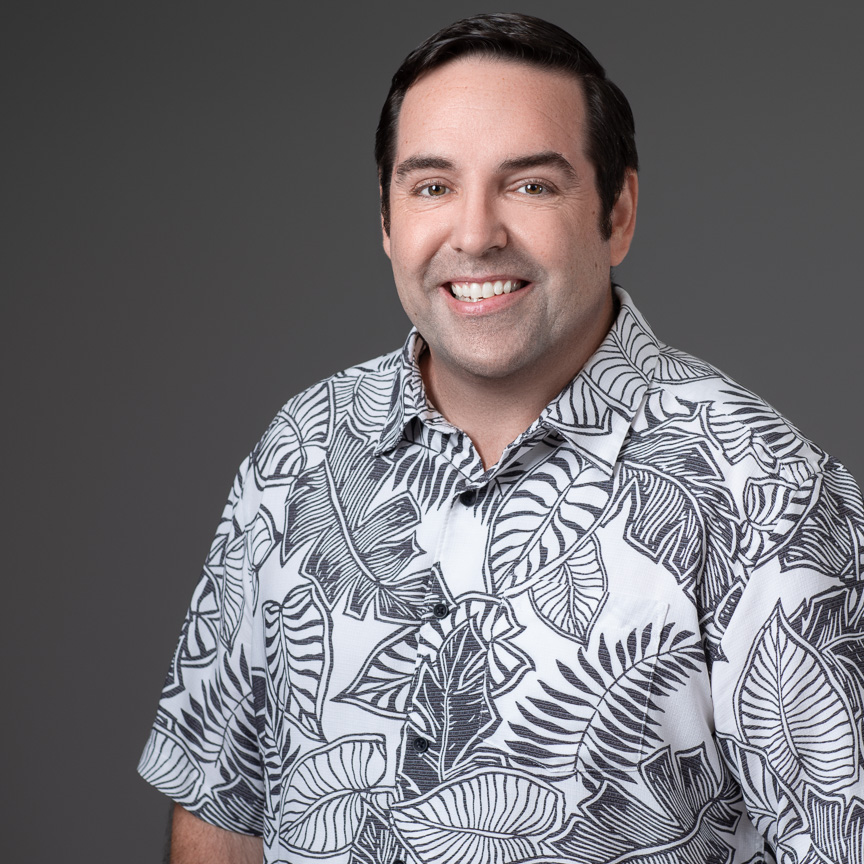January 26, 2023
The Bright Side of Interest Rates
Much has been said about the Federal Reserve’s (“Fed”) aggressive interest rate hikes throughout 2022. To be fair, it was a necessary effort (perhaps a necessary evil) to rein in inflation, which has hit highs not seen since the 1980s. While these rate hikes have had a negative impact on mortgage interest rates, car loan rates, and prices of bonds, there are some positives that will come from returning to a more historically “normal” interest rate environment.
The Federal Reserve’s “federal funds rate” is the rate banks charge each other to meet their overnight reserve requirements. When you hear that the Fed is “raising rates”, the Fed funds rate is actually the only interest rate that the Feds have direct control over. Many other interest rates are indirectly affected by changes in the Fed funds rate, though. The Federal Reserve uses the Fed funds rate as a tool to either stimulate the economy or, as is the current case, to try to tighten the money supply and thereby to lower inflation. Ultimately, raising the Fed funds rate also causes increases in mortgage rates, credit card interest rates, and bank loans. But there are some positive changes that occur as a result of these interest rate increases as well.
Savings Accounts
For the past several years, the little bit of interest that banks and credit unions have been paying on savings accounts has been laughable. The good news is that savings accounts should start to pay more interest in the coming year. So far, not all banks and credit unions have been in a hurry to increase the savings rates paid on customer accounts, but competition should force their hand eventually. Banks and credit unions take in money in the form of deposits and pay a stated interest rate on that money. They, in turn, lend that money out at higher rates for mortgages, personal loans, and car loans, and profit from the difference between what they charge to lend money out and what they pay as interest on customer accounts.
Now that mortgage rates have gone above 6 percent and savings account interest rates haven’t budged too much, banks and credit unions will see more income as a result. Over the past 20 or so years there has been an increase in the use of online-only banks, which tend to offer higher yields on savings accounts. They can do this because their overhead costs are much lower compared to traditional brick and mortar banks. These so-called high yield savings account interest rates have increased faster than the rates offered by brick-and- mortar banks in response to the Federal Reserve’s 2022 interest rate hikes. Some of these high yield savings account interest rates are presently in the 3 percent range, while the brick-and-mortar banks are still paying well below 1 percent.
CDs
Bonds
2022 was a tough year for bonds. The aggressive interest rate hikes by the Fed caused bond prices to fall. Why? Because if I own a bond that pays 3 percent interest and then rates go up and new bonds pay 4 percent interest, my bond that pays 3 percent is worth less than the newer ones paying 4 percent. Of course, holding the bond to maturity alleviates having to take a loss, but you lose the higher interest available elsewhere for the remaining term of the bond, and sometimes people do need to sell their bonds before they mature. The bright side here is that now that interest rates have increased, bonds will pay a more reasonable amount of interest each year. Bonds, much like savings accounts and CDs, have been paying historically low interest income for too long, depriving savers of interest income. As a result, rather than enhancing returns on investment portfolios, bonds have been a drag on an investment portfolio’s performance. In the coming year and going forward, bond interest payments should be more productive. This should be helpful for folks in retirement and others who are looking for more income from their investment portfolios.
If you have given up trying to maximize your cash interest rates due to the dismal interest rate landscape that has prevailed since The Great Recession, now is a good time to start to reevaluate your cash strategies. To put it in perspective, for $10,000 of your cash invested in a savings account earning .5 percent annually, you earn $50 in interest. The same $10,000 in a CD earning 4 percent annually will earn you $400 in interest. I’m sure you can appreciate the difference. Get out there and look for some better interest!

About the Author: Matt McConnell, CFP®, AMPA®
Senior Financial Advisor
Matt joined Hawaii Partners 3D Wealth Advisors in November 2020 after spending 21 years running his own financial planning franchise at Ameriprise Financial, LLC. Matt and his wife Uyen live in Honolulu and have one daughter. In his free time, he enjoys going to the beach or park with his family, as well as surfing, hiking, and playing ice hockey! Matt also helps run the annual St. Patrick's Day parade and participates in other volunteer work throughout the community whenever he gets the chance.
